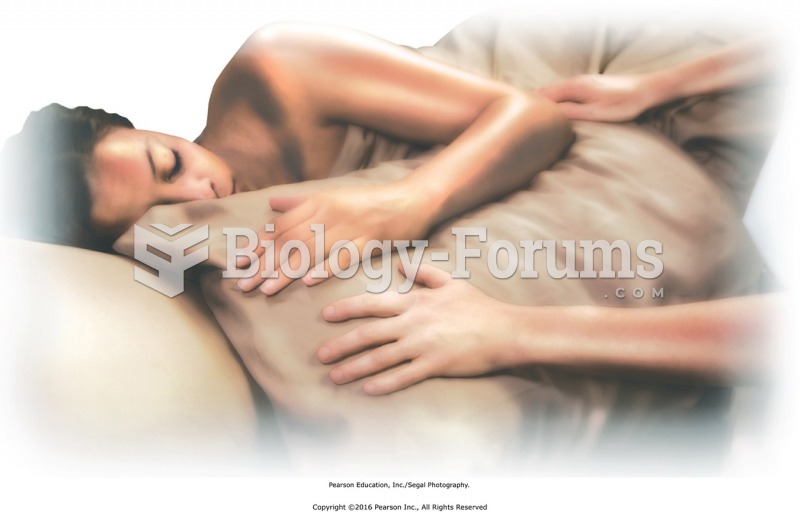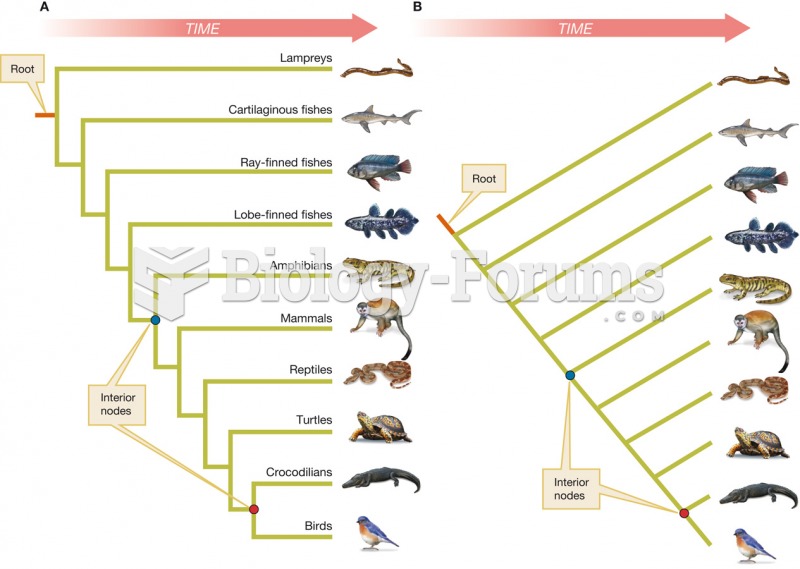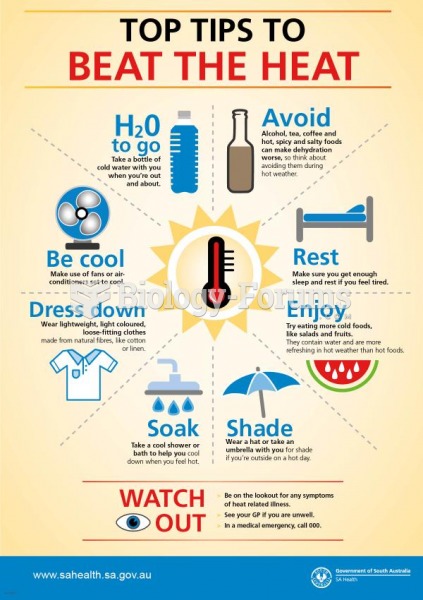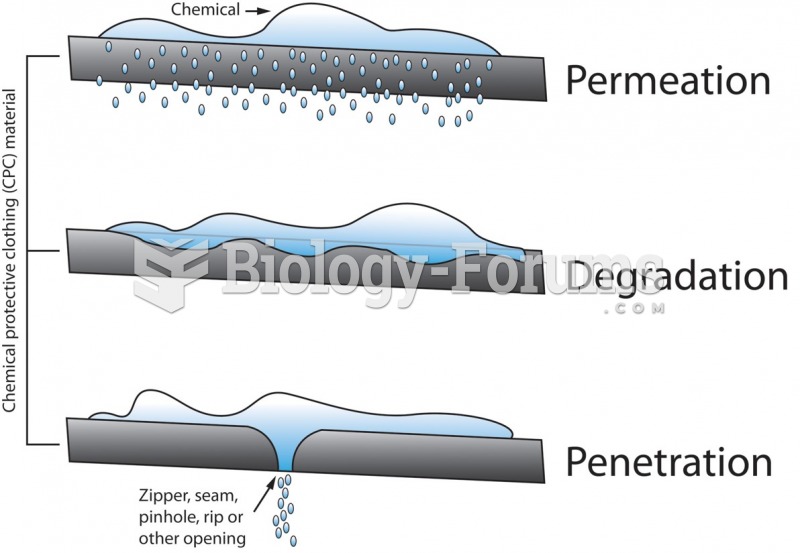|
|
|
There are actually 60 minerals, 16 vitamins, 12 essential amino acids, and three essential fatty acids that your body needs every day.
The modern decimal position system was the invention of the Hindus (around 800 AD), involving the placing of numerals to indicate their value (units, tens, hundreds, and so on).
Interferon was scarce and expensive until 1980, when the interferon gene was inserted into bacteria using recombinant DNA technology, allowing for mass cultivation and purification from bacterial cultures.
Amoebae are the simplest type of protozoans, and are characterized by a feeding and dividing trophozoite stage that moves by temporary extensions called pseudopodia or false feet.
Increased intake of vitamin D has been shown to reduce fractures up to 25% in older people.
 Continuous positive airway pressure (CPAP) device. The sleeping subject is receiving the benefits of
Continuous positive airway pressure (CPAP) device. The sleeping subject is receiving the benefits of
 Assist recipient into side-lying position. Woman sits on edge of table holding drape to cover her ...
Assist recipient into side-lying position. Woman sits on edge of table holding drape to cover her ...





